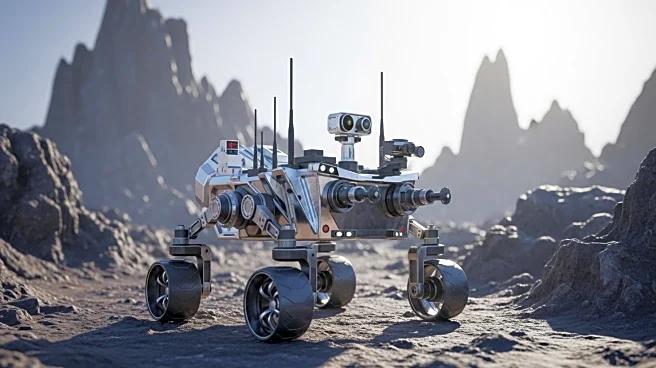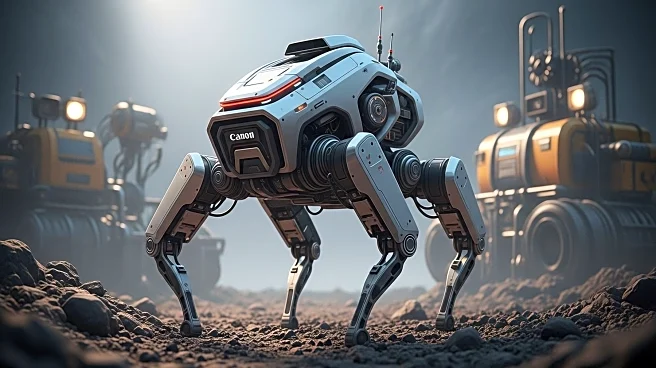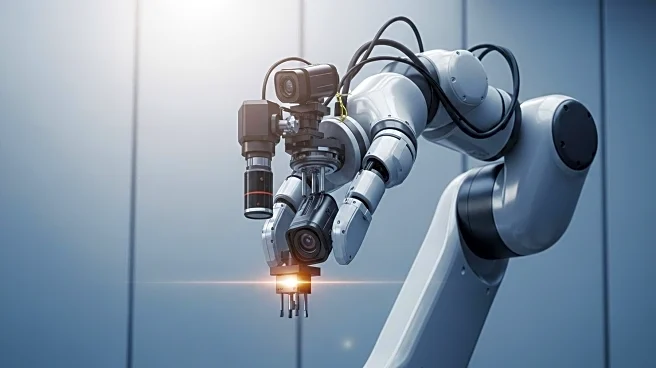What is the story about?
What's Happening?
Researchers in Hong Kong have developed a new 3D mapping model for quadrupedal robots, enabling them to autonomously navigate complex terrains. The robot uses multi-layered mapping to understand its environment, allowing it to crawl under and leap over obstacles. This advancement could enhance the robot's ability to perform tasks in challenging environments, such as disaster sites.
Why It's Important?
This development represents a significant step forward in robotics, particularly for applications in search and rescue, construction, and exploration. By improving the robot's ability to navigate difficult terrains, it can perform tasks that are dangerous for humans, potentially saving lives and reducing risks in hazardous environments. The technology also highlights the potential for robots to assist in various industries, improving efficiency and safety.
Beyond the Headlines
The ability of robots to autonomously navigate complex environments could lead to broader applications in industries such as agriculture, mining, and logistics. As the technology advances, it may also contribute to the development of autonomous vehicles and smart city infrastructure, enhancing urban mobility and safety.
AI Generated Content
Do you find this article useful?














